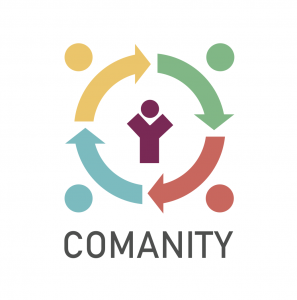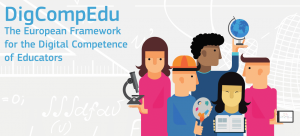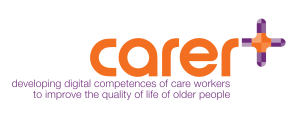
Until recently, there has been little research into what Londoners and visitors do at night. Yet the evidence suggests that the city’s Evening and Night Time Economy (ENTE) makes a huge contribution to economic, social and cultural life. A third of everyone working in London – 1.6 million people – work at night. Night time industries are growing faster than in any other sector of the city’s economy. But many employees in London’s night time economy earn below the London Minimum Wage.
Around the world, there is a growing trend to plan for the economy, culture and livability of cities at night. To support this process, the Greater London Authority has launched a series of research studies aimed at finding out more about how London’s Evening and Night Time Economy works and at developing an evidence base for future strategic and operational planning.
Arcola Research LLP has been commissioned by the GLA to carry out one of these research studies, which aims to develop and launch a new Night Time Data Observatory. The Observatory will be a central hub of data on London at night and it will be part of the existing London Data Store. Its main objective is to help London Boroughs and other key stakeholders develop Night Time Strategies, for not only the Evening and Night-Time Economy (leisure industries), but all other aspects of social, economic, cultural and community activities, health and lifestyle factors, occurring between 6pm and 6am.
Image Source: GLA




